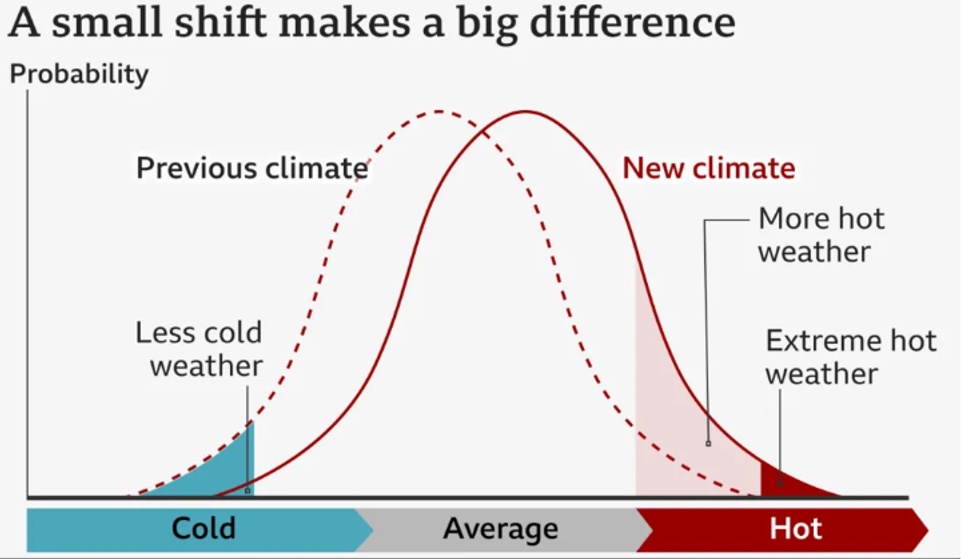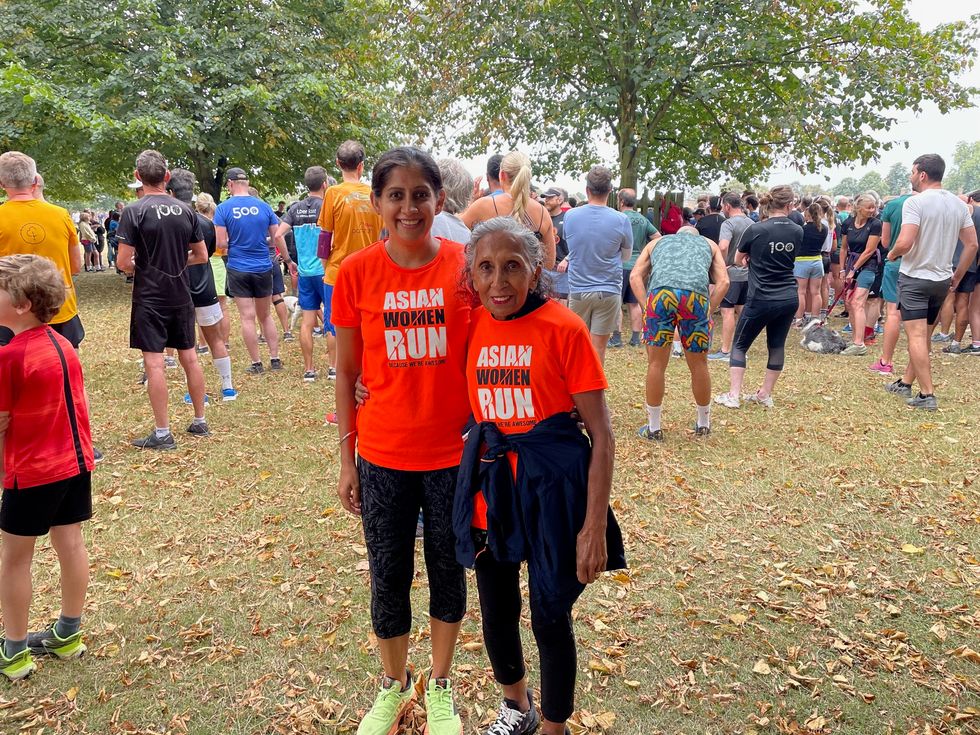MORE Indians are becoming obese while the number of undernourished people in the country have declined, according to a report by the UN that said that globally over 820 million people are suffering from hunger.
The report titled the State of Food Security and Nutrition in the World 2019 was issued Monday (15) by United Nations' Food and Agriculture Organization (FAO), the International Fund for Agricultural Development (IFAD), the UN Children's Fund (UNICEF), the World Food Programme (WFP) and the World Health Organization (WHO).
The report said that an estimated 820 million people across the world did not have enough to eat in 2018, up from 811 million in the previous year, which is the third year of increase in a row, underscoring the immense challenge of achieving the Sustainable Development Goal of Zero Hunger by 2030.
In India, the number of undernourished people declined from 253.9 million in 2004-06 to 194.4 million in 2016-18. However the number of adults (18 years and older) who are obese grew from 24.1 million in 2012 to 32.8 million in 2016.
The number of children (under 5 years of age) who are overweight stood at 2.9 million in 2018.
In percentage terms, prevalence of undernourishment in the total population in India was 22.2 per cent in 2004-06 and 14.5 per cent in 2016-18. Prevalence of wasting in children (under 5 years of age) was 20.8 per cent in 2018, while the Prevalence of obesity in the adult population was three per cent in 2012, increasing to 3.8 per cent in 2016
The report said that globally, hunger is increasing in many countries where economic growth is lagging, particularly in middle-income countries and those that rely heavily on international primary commodity trade.
The annual UN report also found that income inequality is rising in many of the countries where hunger is on the rise, making it even more difficult for the poor, vulnerable or marginalised to cope with economic slowdowns and downturns.
"We must foster pro-poor and inclusive structural transformation focusing on people and placing communities at the centre to reduce economic vulnerabilities and set ourselves on track to ending hunger, food insecurity and all forms of malnutrition," the UN report said.
It noted that poverty rates have declined between 3 per cent and 6 per cent per year in El Salvador, Ghana, India, Tunisia and Uganda.
"China and India have enjoyed significant economic growth in recent years. Between 1990 and 2017, the two countries had an average GDP per capita growth rate of 8.6 per cent and 4.5 per cent, respectively. However, the effects of growth within each country have been different," it said.
The report noted that increase in the GDP per capita in both countries has been accompanied by poverty reduction. China's poverty rate declined from 88 per cent in 1981 to 0.7 in 2015.
In comparison, India's poverty reduction "seems relatively more modest” - moving from 48.9 per cent in 1987 to 21.2 per cent in 2011, it said.
“The unique growth patterns and inequality levels in each country may help explain the differences observed in the countries in terms of poverty and food security and nutrition trends,"
"The pattern of economic growth in China, especially in the 1980s, shows that the primary sector, where most of the poor derive their livelihoods, was one of the most dynamic sectors behind the GDP growth. On the other hand, in India the rate of growth has been higher in the industrial and services sectors than in agriculture," it said.
The report said that the impacts of economic slowdowns on food security and nutrition are demonstrated in Haiti, Nepal and the Niger.
Amid a global financial crisis coupled with high food prices, households' food security, as measured by dietary diversity, reduced by 5 per cent in Nepal, 8 per cent in the Niger, and 23 per cent in Haiti due to increased food prices.
In the Indian Himalayas, economic slowdown coupled with natural resource depletion and climate change negatively impacted on food production and employment opportunities. This resulted in increased threats to food security due to lower purchasing power, it added.
The report also took note of the Mahatma Gandhi National Rural Employment Guarantee Scheme (MGNREGS), introduced by India in 2005, the largest public works programme in the world.
"Unlike the previous cases, the MGNREGS was not designed to address employment problems arising from an economic downturn or to rebuild infrastructure damaged by a natural disaster.
Building on the experience of the state of Maharashtra, the MGNREGS instead guarantees up to 100 days of unskilled manual work on public projects during the lean seasons, at the statutory minimum wage, to all rural households.
"In this way, the programme helps rural households to stabilise their earnings and to smooth their consumption all along the year," it said.





 Sea levels around the UK are now rising faster than the global averageUS EPA
Sea levels around the UK are now rising faster than the global averageUS EPA










 A cookery theatre presented by television chef Parveen the Spice QueenRFMP
A cookery theatre presented by television chef Parveen the Spice QueenRFMP The mela will feature live music, street food, cookery demos, fashion stalls, and a funfairRFMP
The mela will feature live music, street food, cookery demos, fashion stalls, and a funfairRFMP

